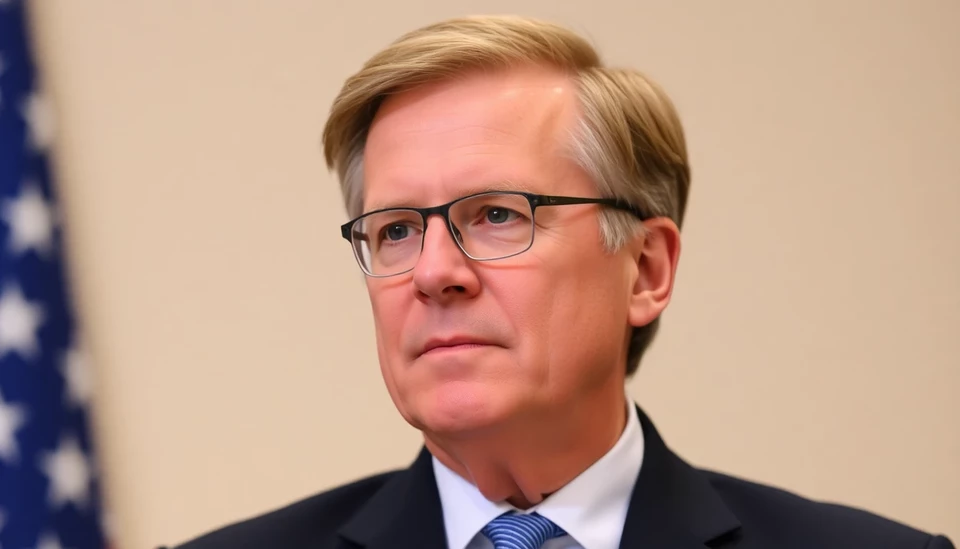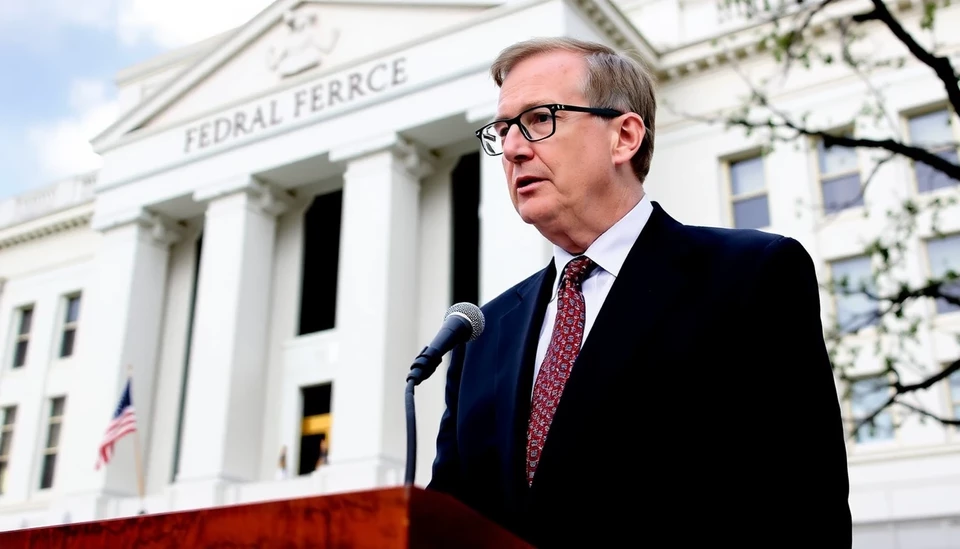
In a sharp twist of trade relations, India's hefty 110% tariffs on imported cars are now facing increased scrutiny in the wake of the Trump administration's aggressive stance on international trade. As the United States continues to reevaluate its global positioning under President Trump, questions are arising about the sustainability and justification of such high tariffs, which have been a point of contention in bilateral trade discussions.
The Indian government has long defended these tariffs as essential for fostering domestic manufacturing and protecting local auto industries. However, the reality is that these tariffs have made it difficult for foreign automakers to penetrate the Indian market effectively. Analysts argue that the high cost of entering the Indian automotive space could lead to stagnation, hindering both competition and technological advancement within the country.
Reports indicate that the trade relationship between the U.S. and India is spilling over into discussions about tariffs, creating pressure on the Indian government to reassess these punitive measures. This scrutiny is particularly pertinent as the United States positions itself to attract more foreign investment in a bid to boost its own economy and counter China’s growing market influence.
As global automotive manufacturers continue to pivot their strategies in response to shifting trade policies, companies like Tesla have already expressed interest in setting up operations in India. However, the exorbitant tariffs remain a significant barrier to entry, potentially stifling growth and innovation in a market precisely engineered to block foreign competition.
Industry experts are now weighing in on the implications of maintaining such high tariffs, arguing that India's future in the global automotive market may be at stake if it fails to adapt to new realities. The auto sector, a significant component of India's manufacturing prowess, could benefit from increased foreign participation, which, in turn, could lead to job creation and advancements in technology.
Furthermore, the shift in global trade dynamics, particularly influenced by the Trump administration's policies, presents a crucial moment in which the Indian government's conventional trade strategies are being tested. Negotiating a revised trade agreement that takes into account the concerns of U.S. manufacturers could prove beneficial in steering the trade relationship in a more favorable direction for both nations.
As discussions continue and new policies are forged, it remains to be seen whether India’s government will adjust its tariff structure. However, if current trends persist without modification, the potential isolation from global markets could threaten the long-term viability of India's automotive sector.
In conclusion, the debate surrounding India's car tariffs not only spotlights the critical intersection of trade policy and international relations but also emphasizes the need for a reevaluation of economic strategies in an increasingly interconnected world. With foreign competition knocking at the door, India must decide whether to stick with its protective tariffs or embrace a more collaborative approach to global trade.
#IndiaCarTariffs #TradeRelations #USIndiaTrade #AutomotiveIndustry #TrumpEra #GlobalEconomy
Author: John Harris




